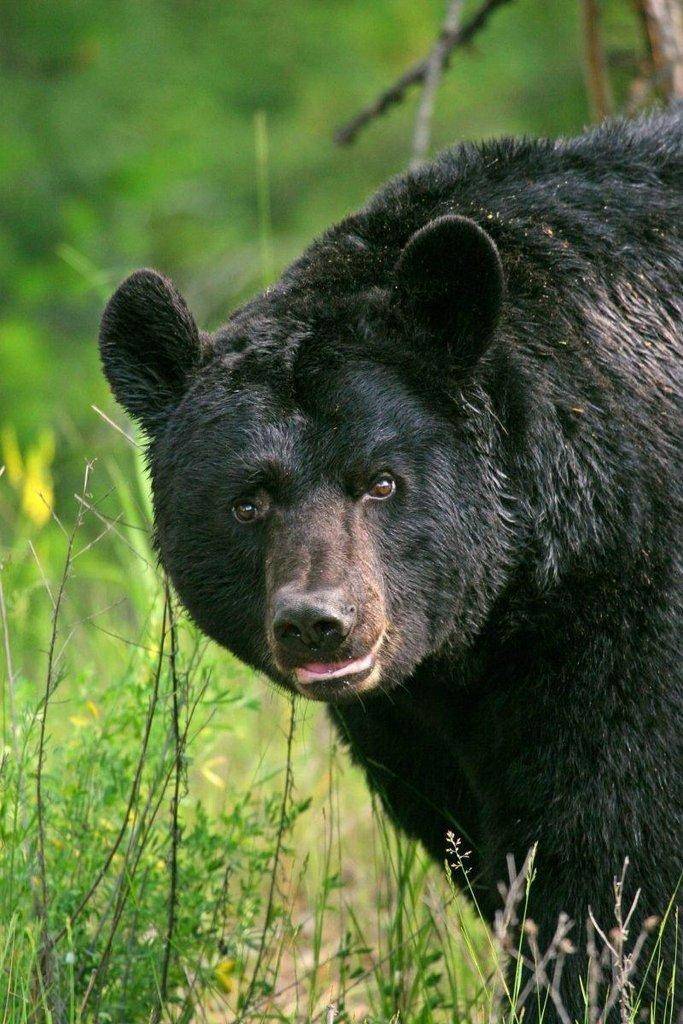DWR Press Release
Black bears are doing extremely well in Utah: in less than 20 years, the number of bears has almost tripled. For that reason, biologists with the Division of Wildlife Resources want to give more hunters a chance to hunt black bears during the state’s 2018 season.
This past season, the number of permits issued gave hunters a chance to take 758 black bears in the state. For the upcoming season, DWR biologists are recommending that 860 permits be issued to take black bears in Utah.
(Every hunter won’t take a bear, so the number of bears taken would actually be much lower than 860. Biologists say issuing 860 permits would likely result in about 400 bears being taken. In 2017, allowing hunters to take 758 bears resulted in 365 bears being taken.)
You can see all of the biologists’ bear hunting recommendations at www.wildlife.utah.gov/public_meetings.
Learn more, share your ideas
After you’ve reviewed the ideas, you can let your Regional Advisory Council members know your thoughts by attending your upcoming RAC meeting or by sending an email to them.
RAC chairmen will share the input they receive with members of the Utah Wildlife Board. The board—a panel of seven citizens appointed by the governor—will meet in Salt Lake City on Jan. 11 to approve rules for Utah’s 2018 black bear hunting season.
Dates, times and locations for the RAC meetings are as follows:
Central Region
Dec. 5
6:30 p.m.
Springville Civic Center
110 S. Main St.
Springville
Northern Region
Dec. 6
6 p.m.
Brigham City Community Center
24 N. 300 W.
Brigham City
Southern Region
Dec. 12
5 p.m.
Sevier School District Office
180 E. 600 N.
Richfield
Note: The meeting begins at 5 p.m.
Southeastern Region
Dec. 13
6:30 p.m.
John Wesley Powell Museum
1765 E. Main St.
Green River
Northeastern Region
Dec. 14
6:30 p.m.
DWR Northeastern Region Office
318 N. Vernal Ave.
Vernal
You can also provide your comments to your RAC via email. Email addresses for your RAC members are available at www.wildlife.utah.gov/dwr/rac-members.html.
The group each RAC member represents (sportsman, non-consumptive, etc.) is listed under each person’s email address. You should direct your email to the people on the RAC who represent your interest.
Bear population
Efforts to protect and manage black bears in Utah are working. Since the first Utah Black Bear Management Plan was drafted in 1998, the number of bears in Utah has increased from an estimated minimum of 1,300 adult bears in 2000 to a minimum of just under 3,500 adult bears in 2016.
The numbers given do not include cubs or bears under two years of age, so Utah’s overall bear population is actually much higher.
“The state’s bear population has been growing steadily since 1998,” says Darren DeBloois, game mammals coordinator for the DWR, “especially in the southeastern part of the state. We’d like to give additional hunters a chance to hunt them.”
In addition to helping the state meet objectives outlined in the Utah Black Bear Management Plan, hunters who take bears provide biologists with vital information.
After taking a bear, a hunter must bring the animal to a DWR biologist or a conservation officer. In addition to assessing the bear’s overall condition, the biologist or officer determines whether the animal is a male or a female. A tooth is also removed and analyzed to determine the bear’s age.
“These two simple procedures give us lots of information about how the population is doing,” DeBloois says.
Since a male bear will breed numerous females, it’s important that a bear population has plenty of females. Also, since hunters typically target older males, the number of male bears that are five years of age or older provides valuable insight into how the population is doing.
“If the number of older males hunters take holds steady or even increases—despite older males being the part of the population hunters target most—we know the overall population is doing well,” DeBloois says.
Utah’s Black Bear Management Plan provides guidelines that help ensure the state has a healthy and stable bear population. The plan says that statewide, not more than 40 percent of the bears hunters taken over the past three years can be females. And at least 25 percent of the bears taken over the past three years must be males that are five years of age or older.
From 2015 to 2017, only 31 percent of the bears taken were females. And 36 percent of the male bears taken were five years of age or older.
“The state’s bear population is doing really well,” DeBloois says. “We’re excited about that.”
If you have questions about the upcoming meetings, call the nearest DWR office or the DWR’s Salt Lake City office at 801-538-4700.

